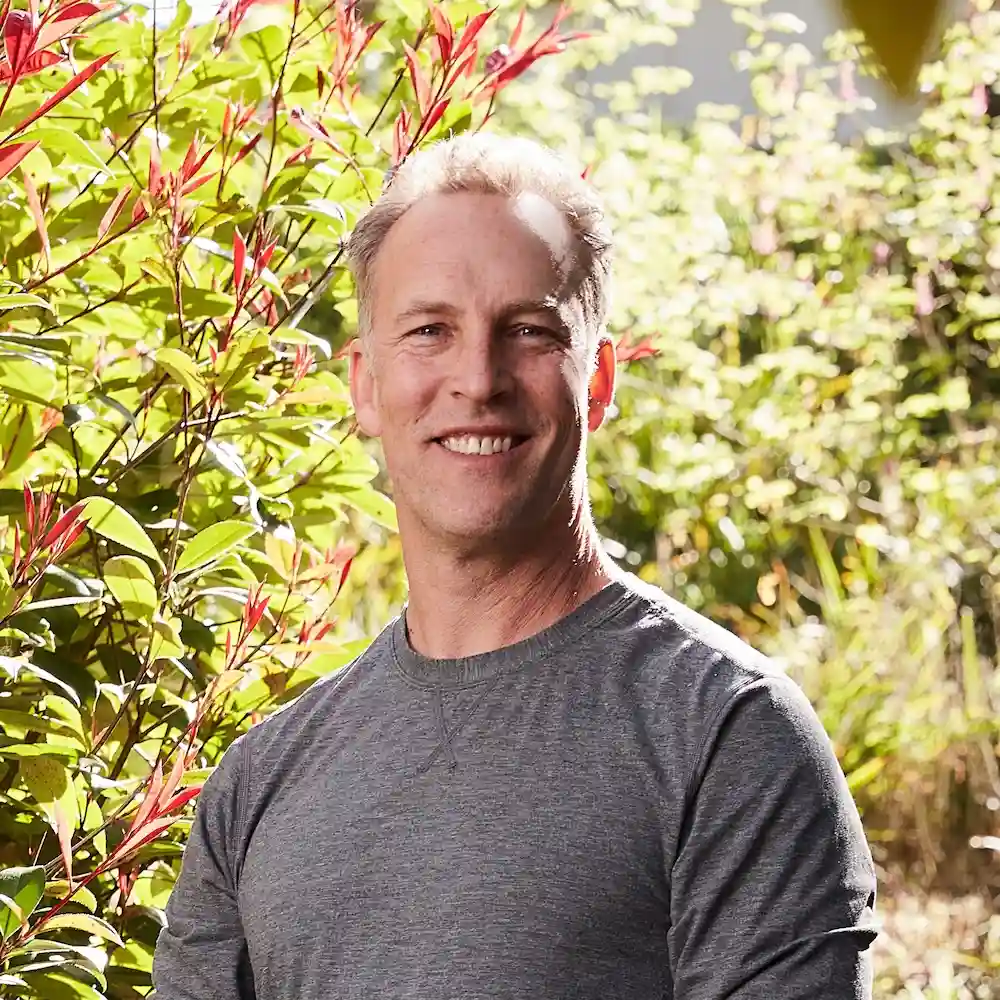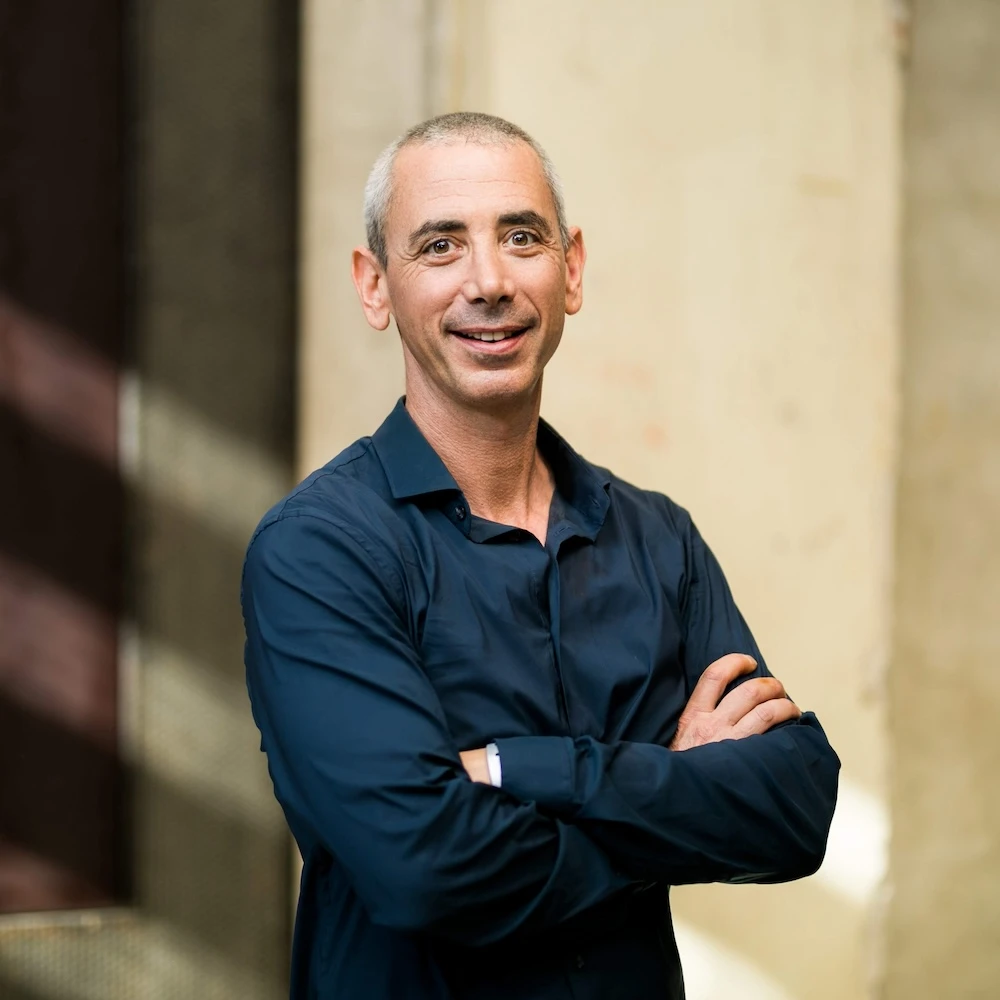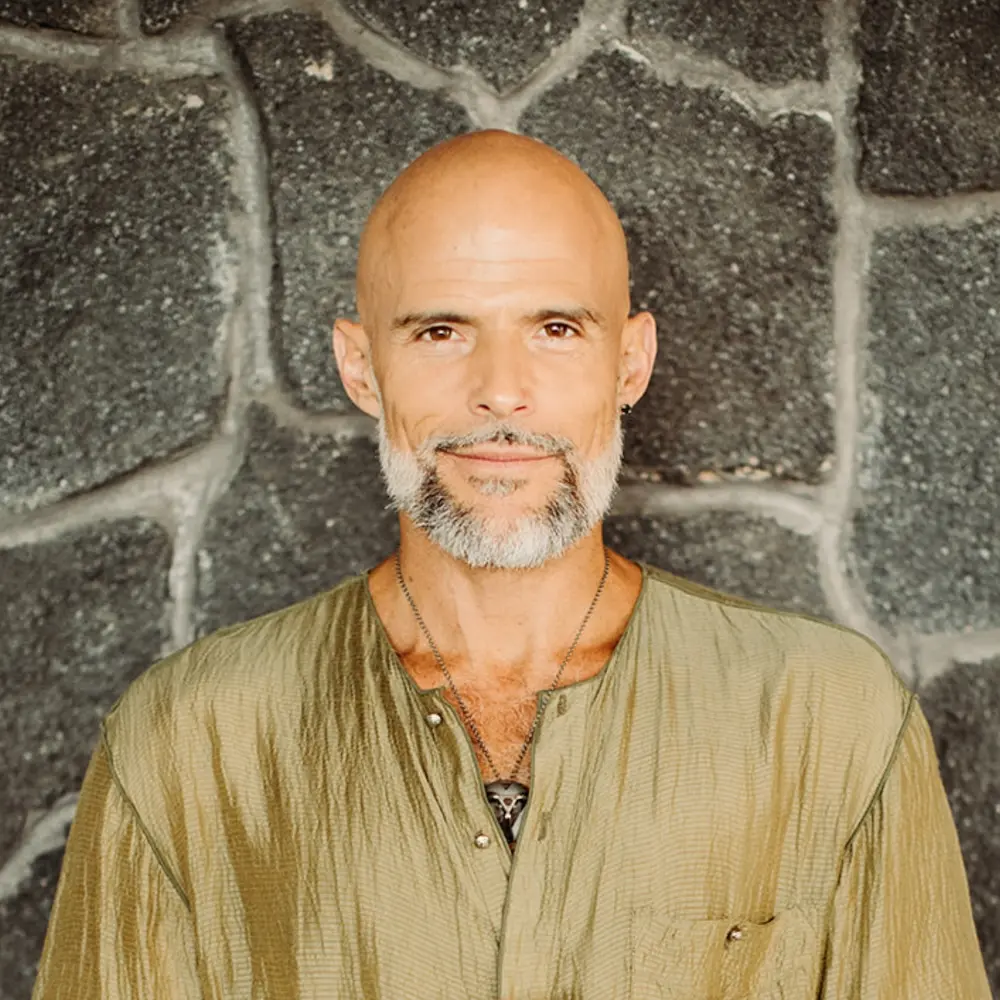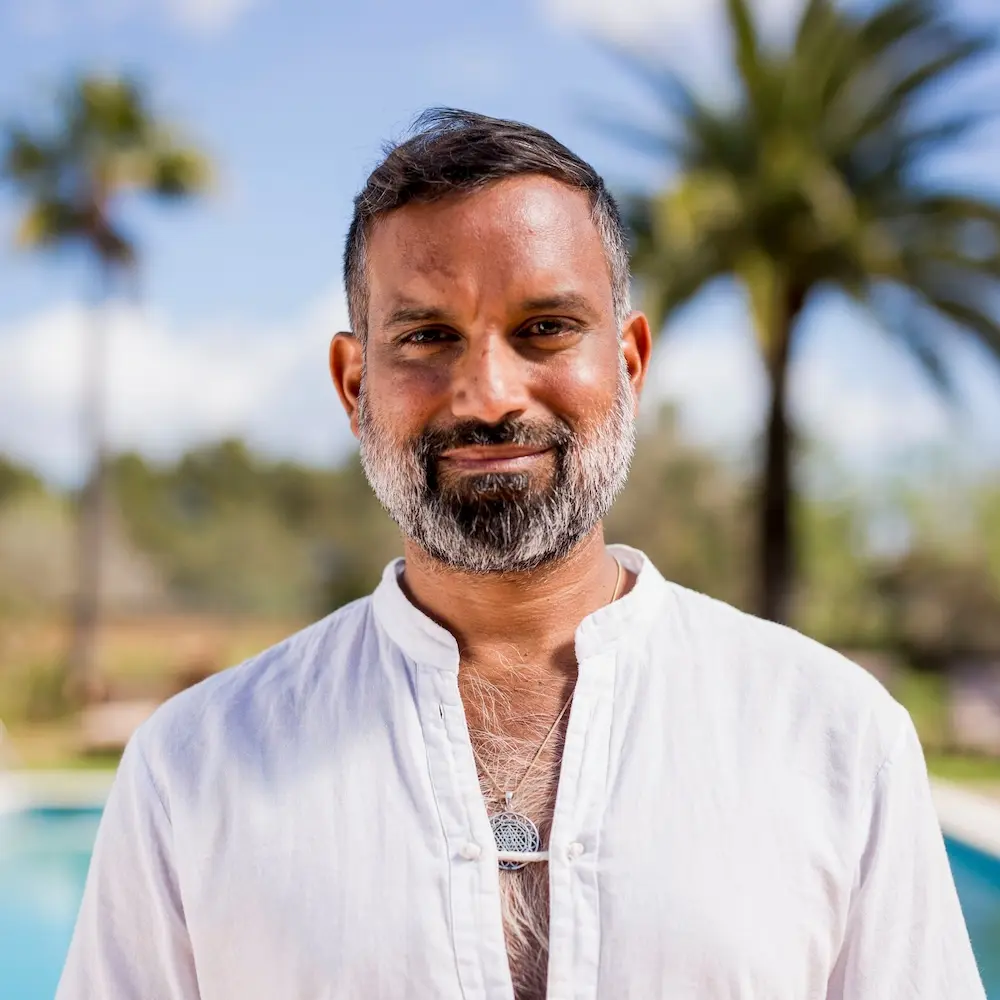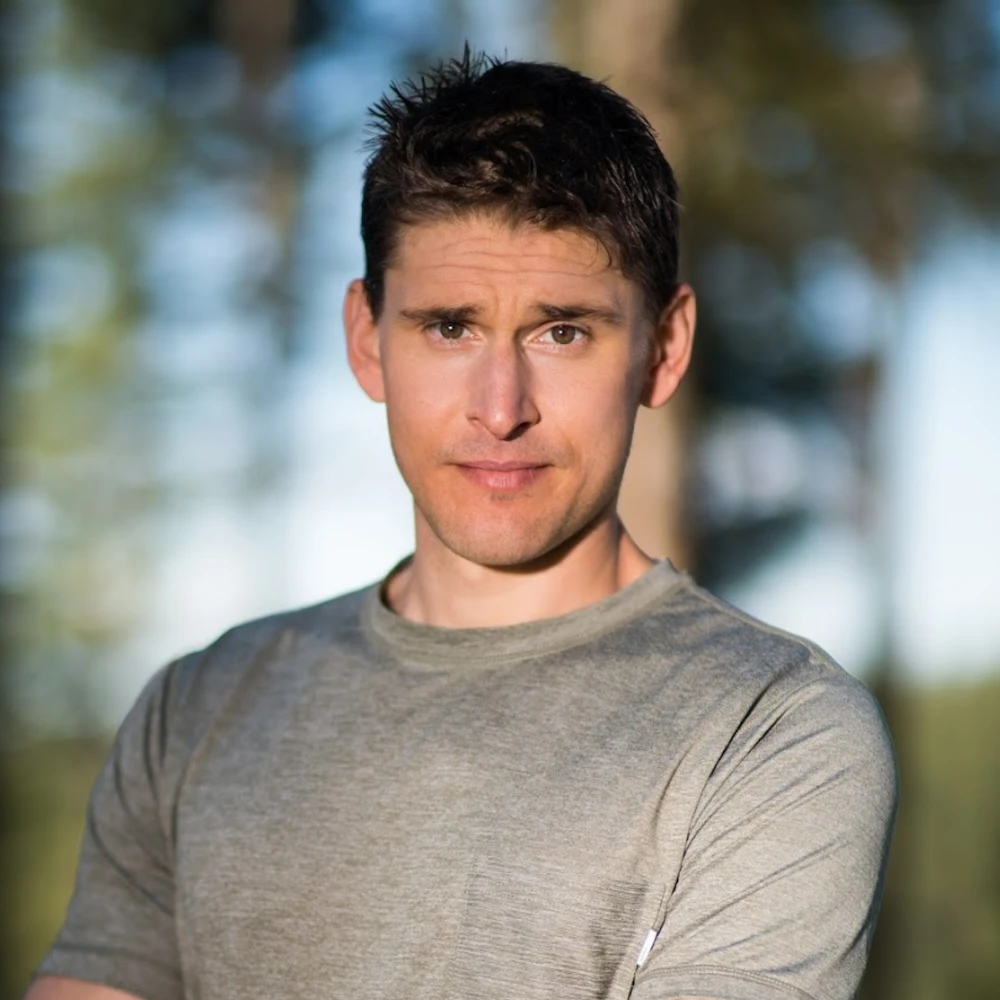There are moments when you’re so completely focused on what you’re doing that everything around you vanishes into the background, and it’s just you and the thing. If you’ve ever experienced it, you already know what it is—the flow state.
Like a musician getting lost in their rhythm, an artist in their strokes, an athlete in their movements, a mathematician in their numbers, or a writer in their words… However, the state of flow is not only reserved for geniuses. It’s a frame of mind that everyone can tap into with practice.
There’s something enchanting about being in this mode—it’s almost like the high of witnessing a miracle. And as the Chinese philosopher Lao Tzu says, “Those who flow as life flows know they need no other force.”
What is the flow state?
Often referred to as “in the zone,” being in the flow merges action and awareness. It happens when you’re fully immersed in the task at hand.
It’s when all aspects of performance—mental and physical—are elevated, and time just seems to fly by, according to Steven Kotler, founder of Flow Research Collective and trainer of Mindvalley’s The Habit of Ferocity program.
It’s not really a new concept; psychologist Mihaly Csikszentmihalyi coined the term itself. In his book, Beyond Boredom and Anxiety: Experiencing Flow in Work and Play, his survey subjects described their peak activities as “flowy” experiences—seamless and effortless from one thing to the next.
Top performers understand this state very well. And, as the Flow Research Collective found, they not only needed a goal but also a crisis or challenge to drive them forward.
“Flow appears near the emotional midpoint between boredom and anxiety, in what scientists call the flow channel—the spot where the task is hard enough to make us stretch but not hard enough to make us snap,” Steven explains. But the question is: how much of a challenge?
He adds, “Answers vary, but the general thinking is about 4%. That’s it. That’s the sweet spot. If you want to trigger flow, the challenge should be 4% more than the skills.”
So if you want to get “in the zone,” raise the bar on your daily routine and focus on something even bigger than what you were already doing.
Characteristics of the flow state
A review article published in Frontiers in Psychology highlights four characteristics that induce flow:
- The match between a person’s skills and the task challenges. The article’s authors explain that a task that’s too easy is more likely to lead to boredom, and one that’s too difficult often leads to frustration, stress, or lack of interest. However, when a person’s skills are in synergy with the task challenges, that’s when they’re fully engaged.
- The strong attentional focus is sometimes referred to as task engagement or absorption. It’s when the brain’s central executive network (CEN) performs high-level cognitive tasks and supports working memory, attention, and inhibition.
- Low levels of self-reflection. During the state of flow, stress levels are low, as well as worries and self-reflective thinking. This allows a person to just do without hesitating.
- Feelings and perceptions involved. People who are in the flow state of mind reported feeling in control, having a clear sense of direction, and feeling that time seems to fly.
“To put it another way,” says Steven, “flow is the telephone booth where Clark Kent changes clothes, the place from where Superman emerges.”
Flow vs. hyperfocus
There are times when flow can look like hyperfocus and vice versa. However, they are differences between them.
Here’s a look at one versus the other:
- Flow is when a person zeros in so intently and closely on a task that they seem to have “lost” themselves in it. This ecstatic state of mind brings them to a higher level of consciousness where creativity, innovation, and inspiration emerge organically and easily.
- Hyperfocus is similar to flow in the way that the person is excessively absorbed in the task at hand (hence the word “hyper”). However, it’s not a different level of consciousness; rather, they’ve learned how to focus so deeply that it’s often to a point where they ignore or “tune out” everything else.
To put it into perspective, let’s take cleaning your bedroom as an example:
When you’re hyperfocused, you put all your attention into putting things in their place and making the space aesthetically pleasing. You may put away all distractions, like your phone, until you get this one task done and dusted.
On the other hand, when you’re in flow (yes, you can be in this state even with hygiene practices), you’re not making yourself excessively focused and tuning out everything around you. Rather, there’s a degree of mindfulness in the way you approach a task and you allow the inspiration to ebb and flow through you.
Regardless of their differences, flow and focus are interconnected. The most important thing you need to know about flow is that it always follows your focus. In other words, you can flow when you are hyperfocused on the “here and now.”
3 benefits of achieving flow
In an interview with Vishen on The Mindvalley Podcast, Steven shares how being in the flow state helped him heal from Lyme disease. You can listen to the episode to find out more about his story.
Steven’s experience is just one of many that have benefited from the concept of flow. While the research is still ongoing, studies show there are benefits to this state. Here are three of them:
1. Increases productivity
When a person is “in the zone,” they’re less likely to get tired or bored. In turn, they’re more productive and efficient.
One study published in 2013 found a 500% performance improvement in senior executives while in flow. Since then, there has been little follow-up.
To fill the gap, Flow Collective Research and Deloitte teamed up to conduct a study looking into flow and business success. Their results found a correlation between flow and happiness at work, motivation to have an impact, and actively seeking challenges.
2. Bolsters creativity
As per the American Psychological Association, the flow state definition is “a state of optimal experience arising from intense involvement in an activity that is enjoyable, such as playing a sport, performing a musical passage, or writing a creative piece.”
It’s more about getting into a state of consciousness than a set of skills. And a white paper by Flow Collective Research supports this.
Their survey found “a strong positive correlation” between flow and self-reported creativity. Further analysis revealed that concentration, the balance of challenges or skills, and immediate feedback correlate to this mental state.
3. Greater life satisfaction
People in flow enjoy the task they’re doing. As a result, they find it more rewarding and fulfilling.
“From a quality-of-life perspective, psychologists have found that the people who have the most flow in their lives are the happiest people on earth,” Steven explains. And research suggests that this mental state is linked to self-actualization, increased happiness, and greater life satisfaction.
So much so that one study published in the Journal of Happiness Studies looked into flow and happiness later in life. The researchers found that being “in the zone” often contributes to feeling peppy, enthusiastic, and happy.
How does it feel to be in the flow state of mind?
If you’ve seen Disney’s Soul, you may recall when the protagonist, Joe, plays the piano and gets into “the zone.” That, essentially, is the flow state.
Everyone’s experience is unique, but in general, being fully engaged is when the task completely holds your attention. So what does achieving flow feel like exactly?
Think back to a time when you were so excited about what you were doing that you didn’t want to be disturbed. It was such a state of bliss and awe that it felt almost like when you’re in meditation—magical, maybe even mystical. And it was so enjoyable that your sense of time was lost to you.
It’s a moment of peak performance, technically defined as the “optimal state of consciousness,” according to Steven. While it’s often associated with artists, athletes, and scientists, flow-like states happen to everyone, even in the most mundane of situations.
For example, when you get into a creative surge, you can write hours, sometimes even forgetting to eat or go to the bathroom. Or when you’re surfing and ride wave after wave after wave. Or dancing and letting the groove take over your moves.
It’s not something you create or push, according to renowned spiritual teacher Juan Pablo Barahona (JuanPa, for short) in his Ultra Presence program on Mindvalley. Instead, “you allow it, you observe it, you let it dance.”

5 ways to get in the flow state—with insights from Mindvalley trainers
Being “in the zone” sometimes happens without us knowing. So the conundrum lies in how to get in the flow state more regularly or even on demand.
“Flow states have triggers—preconditions that lead to more flow,” says Steven in his program on Mindvalley. There are a number of ways, as Steven mentioned in his book Bold.
Here, however, is a handpicked list of simple ones you can try from Mindvalley trainers:
1. Take risks
Put yourself at risk of failing. This is not restricted to just physical risks either. It turns out our brain processes physical dangers and fears the same way it does other dangers and fears. So to trigger flow, you can also take emotional, intellectual, creative, and social risks as well.
For example, if you have a fear of singing in public, getting on stage at a karaoke bar could be taking a risk. Whether you end up like Cameron Diaz’s character in My Best Friend’s Wedding or not, it creates an environment where you’re surrounded by a lot of novelty, unpredictability, and complexity.
Steven Kotler’s insight on triggering flow state: “When a risk is a challenge, fear becomes a compass—literally pointing people in the direction they need to go next.”
2. Be in the “right here, right now”
Flow is all about focus, so being in the present moment is key. There’s no transcendence into that state of mind if you’ve got other things distracting you.
JuanPa, in his Mindvalley program, suggests being in synchronicity with the highest vibration possible, the “Universal Pulsation.” He adds that it only happens through presence.
That’s the secret behind dancers and athletes who can trigger flow states like—snap!—that. They’re in a deep state of “I am” where their rational mind, according to JuanPa, is not there anymore, and they’re, instead, at one with their present task.
Juan Pablo’s insight on triggering flow state: “Be in your breath, be in your body. Go practice your Quantum Flow. Go meditate and observe. Be. Come back to that state. ‘I’m out of alignment’? It’s okay; no judgment.”
3. Practice gratitude
It sounds simple enough, right? According to Lee Holden, Qi Gong master and trainer of Mindvalley’s Qi Gong for Life program, appreciation, although subtle, is an important element that determines our well-being. And the truth of the matter is the simple practice of gratitude daily can induce flow.
In fact, a study by the Flow Research Collective and Dr. Glenn Fox, neuroscientist at the University of Southern California, found a strong link between high-flow lifestyles and people who practice gratitude on the regular. Their results showed that gratitude lowers anxiety and gives people the confidence to take risks and discover the “challenge-skills sweet spot.”
Lee Holden’s insight on triggering flow state: “When it comes to happiness and joy, there is nothing more important than our experience of gratitude. Feelings of appreciation bring us closer to one another and make everything in life feel richer and more vibrant.”
4. Use breathwork
Breathing is life. However, many of us aren’t breathing correctly with our current sedentary lifestyle.
Breathwork is one way to shift breathing from autopilot to doing so consciously. It’s a form of active meditation using certain techniques to influence your physical, mental, emotional, and spiritual well-being.
It’s about “cultivating a state of peace, a peace of mind,” according to Niraj Naik, SOMA Breath® founder and trainer of Mindvalley’s Breathwork for Life program.
And how does it help achieve flow? When you get out of your conditioned way of breathing, you pump more oxygen to your brain, which then stimulates different regions so you can access your subconscious mind.
Niraj Naik’s insight on triggering flow state: “Just with simple breathing techniques, you can reach peak human experience, an ecstatic state where you can truly transform.”
5. Take cold and hot showers
If you’ve ever taken a super icy cold shower, you know the jolt it gives to your system. When you’ve taken a hot one, it calms you down. And it so happens there are several benefits of cold showers as well as hot ones, especially when you combine them together in one go.
According to Ben Greenfield, biohacker and trainer of Mindvalley’s The Longevity Blueprint program, it’s a biohack that can help you improve circulation, improve the immune system, and increase metabolism. And when it comes to the brain, it increases alertness, clarity, and energy levels—ingredients that help you get into the flow state.
Ben Greenfield’s insight on triggering flow state: “The idea is that you do this at the beginning and end of the day,” adding that the contrast temperatures help you release nitric oxide, shut down inflammation, enhance blood flow, be more resilient to stress, as well as help with your cognition.
Best to go with the flow
Being in the flow state is when we raise the bar on our potential. It’s when we do our best work. And according to Steven Kotler, it also appears to be the most practical answer to the question, “What is the meaning of life?”
If you want to learn how to tap into your flow, you can get guidance from the experts at Mindvalley. Here are a few programs you can start with:
- The Habit of Ferocity with Steven Kotler. Discover how to access your peak focus, productivity, creativity, and intuition whenever possible.
- Ultra Presence with Juan Pablo Barahona. Learn how to biohack your nervous system, Mindset Alchemy techniques, Quantum Flow breathwork, and other meditation practices to awaken your fullest capacity for presence and flow.
- Qi Gong for Life with Lee Holden. Experience the wonders of Qi Gong for a lifetime of youthful vitality, mobility, wellness, and mental clarity, regardless of your age.
- Breathwork for Life with Niraj Naik. Master breathwork techniques that elevate your brainwaves and awaken your healing and longevity mechanisms.
- The Longevity Blueprint with Ben Greenfield. Transform how you experience aging with easy-to-do biohacks for your fitness, health, beauty, and longevity.
When you sign up for a Mindvalley account, you can access sample classes of the programs for free.
And the awesome thing is, Mindvalley is known for its community, so you can meet up with like-minded individuals who understand that “go with the flow” is not just another internet quote. It could be (and, quite possibly, should be) our life’s motto.
Welcome in.



